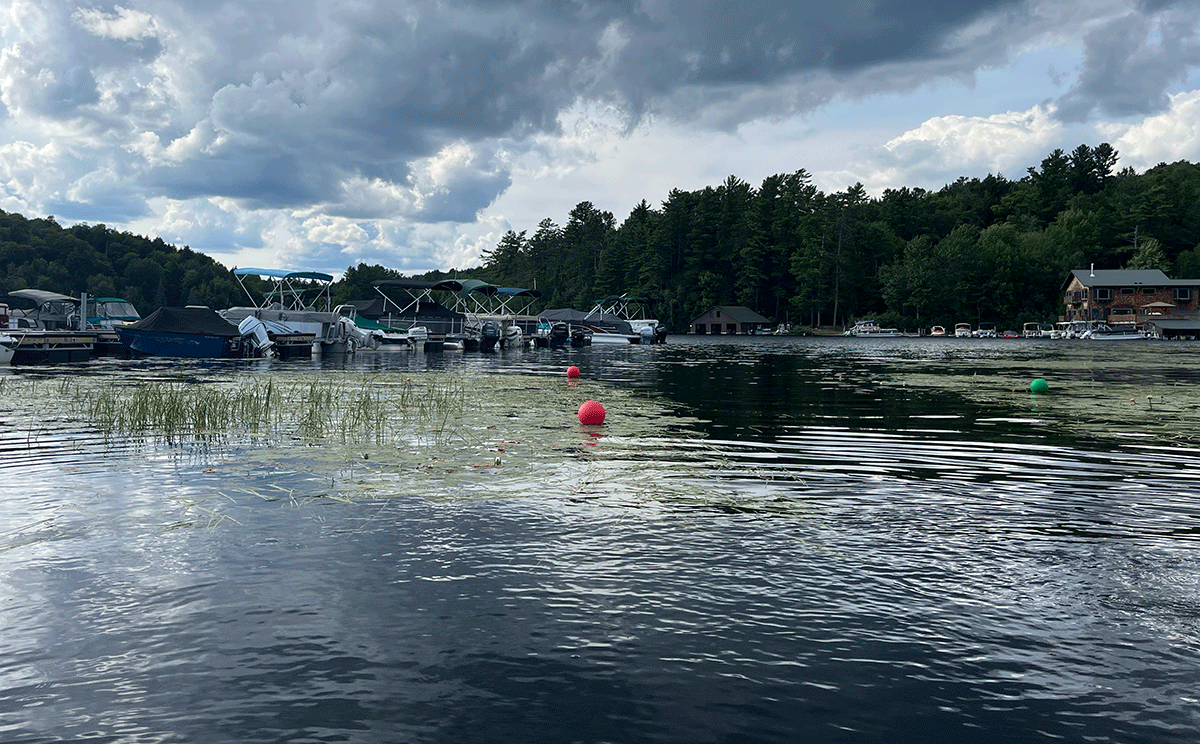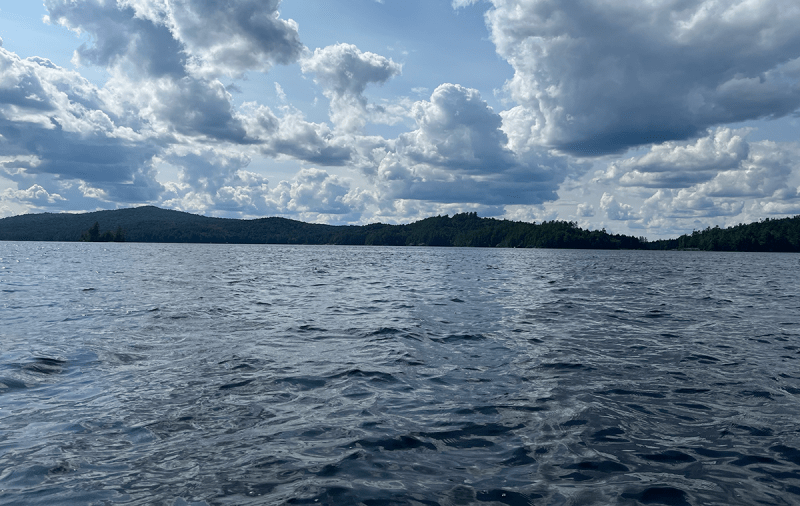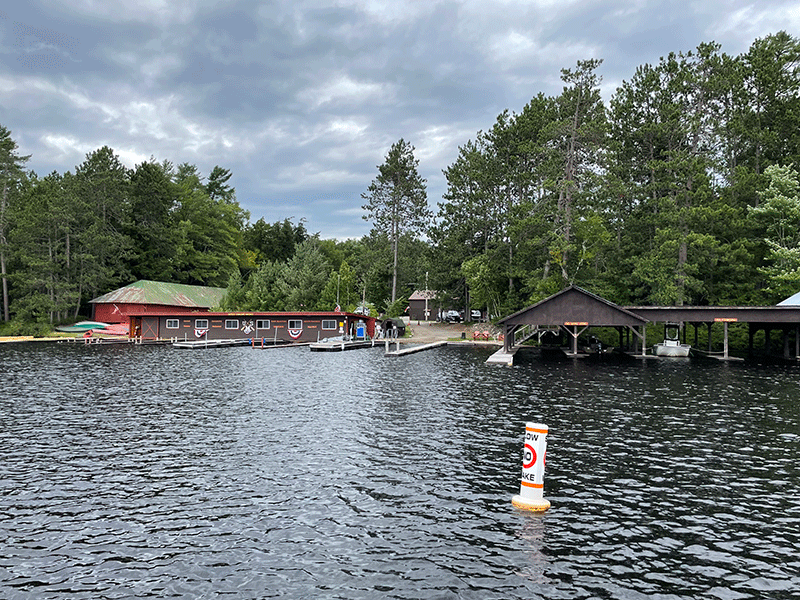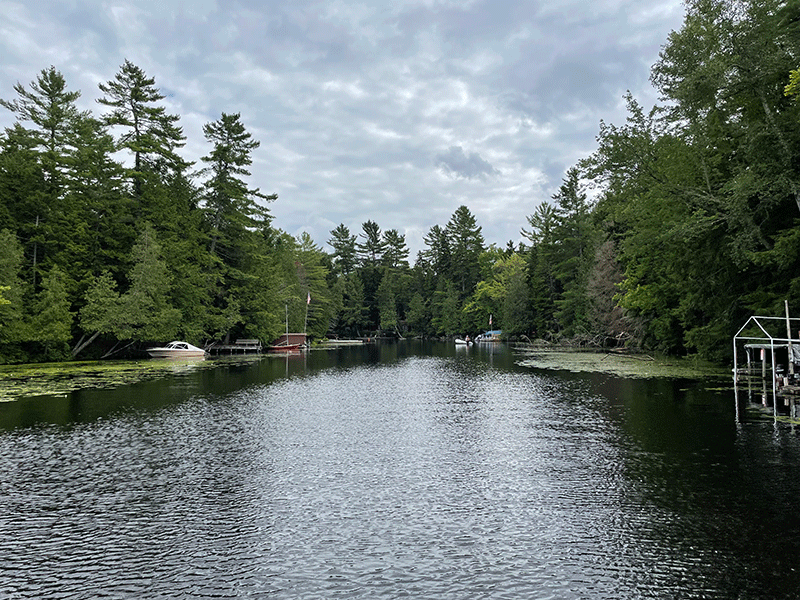For years, Protect the Adirondacks and other groups have been calling on the New York State Department of Environmental Conservation (DEC) and the Adirondack Park Agency (APA) to ensure that a carrying capacity study for the Saranac Chain of Lakes is completed as is required by the Adirondack Park State Land Master Plan. Last year, PROTECT sent a letter to DEC outlining its non-discretionary duty to complete the carrying capacity study for the water bodies in the Saranac Lakes Wild Forest (SLWF) in the Adirondack Park. The SLWF water bodies include, among others, Upper, Middle and Lower Saranac Lakes; Second Pond; Weller Pond; Osettah Lake, Follensby Clear Pond; and Lake Flower, all of which are part of the constitutionally protected Forest Preserve. PROTECT also advocated to the Governor and to the Legislature for the State budget to include $1M of funding for DEC to undertake the carrying capacity study. The State Budget is not finalized as of today’s date, but it does not look like there will be funding included for a carrying capacity study because it was not proposed in the Governor’s Executive Budget or in the one-house budget bills from the Senate and Assembly.
PROTECT sent a letter to DEC last fall demanding that DEC, as the agency responsible for the care, custody and control of the Forest Preserve, perform its non discretionary duty to complete the carrying capacity study. In response to PROTECT’s October 2023 letter to DEC, the Director of the Division of Lands and Forests, Fiona Watt, acknowledged in a December 2023 letter that the carrying capacity study for the SLWF “was proposed in the 2019 Saranac Lakes Wild Forest Unit Management Plan (UMP)”. Notably, the planning for that UMP started in 2002. More than twenty years later, the December 2023 letter from Director Watt states that DEC is continuing “to evaluate options for conducting VUM or related carrying capacity studies for Forest Preserve waterbodies including those within the Saranac Lakes Wild Forest”. However, our Freedom of Information Law request to DEC for records documenting what options are being evaluated for the carrying capacity study, and setting out a timeframe the study, produced no records. As a result, we have no basis to conclude anything other than that DEC is not taking steps to fulfill its obligation to assess the carrying capacity of the water bodies in the SLWF.
Moreover, as Chad Dawson, Professor Emeritus of Recreation Resources Management and former Adirondack Park Agency (APA) Member, makes clear in his affirmation to the court in support of the lawsuit:
There is no discernible reason why DEC has failed to complete a single carrying capacity study of any Adirondack Park water body in the more than 50 years that have passed since adoption of the Master Plan, particularly since the Department has the tools and protocols needed to conduct such studies.
During my tenure as a faculty member at SUNY-ESF and while an APA Board member, I worked with DEC and APA staff on developing practical and applied approaches to incorporating carrying capacity concepts for management of State-owned Forest Preserve lands and waters. This included concepts such as Limits of Acceptable Change (a U.S. Forest Service land management agency methodology); Wilderness Monitoring (a DEC and APA proposed methodology); Visitor Use Management (an interagency methodology utilized by six federal land management agencies); and Carrying Capacity of Waterbodies (a research report published by SUNY-ESF).
In addition, while I was at SUNY-ESF, DEC hired me to develop a protocol for carrying capacity studies of water bodies in the Adirondack Park. I completed that project in 2011 and submitted a 91-page report to DEC setting forth that protocol entitled, “Adirondack Park Forest Preserve Carrying Capacity of Waterbodies Study: Phase I—Selecting Indicators for Monitoring Recreational Impacts” (McEwen, A., C. Dawson and L. Gerstenberger, SUNY-ESF, Aug. 31, 2011). . . . The purpose of the report was to demonstrate how to conduct a carrying capacity study for Adirondack Park water bodies.
Thus, DEC has the necessary tools and protocols for completing a carrying capacity study of the Saranac Lakes Complex.
Despite its obligations set forth in the Master Plan and in the SLWF UMP (as well as the Second Pond Boat Launch UMP), and despite having the protocol to conduct the study, DEC has refused to proceed with this necessary and legally mandated carrying capacity study and evaluation. More indepth information about what a carrying capacity study is and why DEC is required to conduct one is available here.
APA meanwhile has reviewed and approved a new marina on a water body in the SLWF even though the carrying capacity study has not been completed by DEC. In Thomas Jorling vs Adirondack Park Agency, New York State Department of Environmental Conservation, and LS Marina, LLC, 214 AD3d 98 (3d Dept. 2023), found that it was “inexplicable” that such a study has not been prepared for Lower Saranac Lake. Another proposed marina project application is before APA and DEC for Lower Fish Creek Pond, which is connected to Upper Saranac Lake and other water bodies in the SLWF. That new project would involve dock spaces for approximately 90 motorized watercraft.
As a result of DEC’s failure to engage in conducting the carrying capacity study that is required, PROTECT is seeking a court order requiring DEC to undertake the study by a certain date. PROTECT is also seeking a court order that would prohibit DEC and APA from issuing a permit or approval for any proposed project that will result in additional docking, mooring or use of additional motorized watercraft in the SLWF until the carrying capacity study is completed and can be considered by the agencies in the application process.
The initial court filings, including the Notice of Petition, Petition, Affirmation of Chad Dawson, Affirmation of Peter Bauer, the PROTECT Letter to DEC, and the DEC letter to PROTECT are available here.









